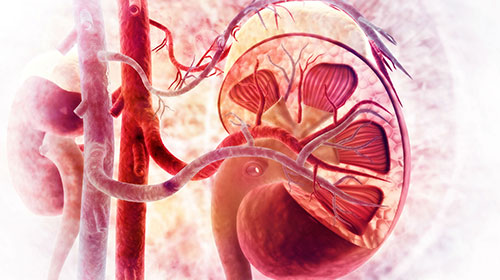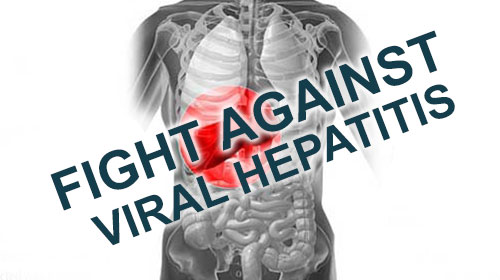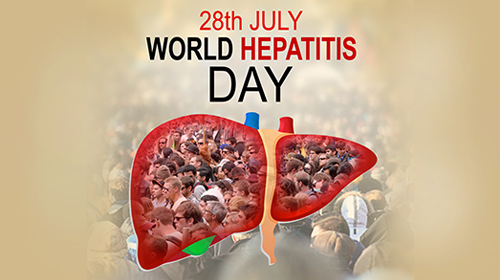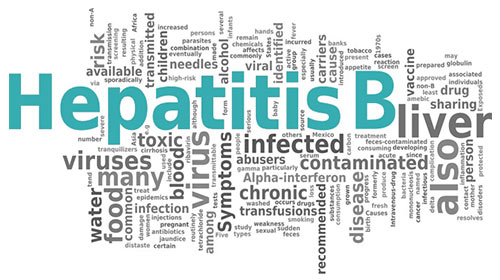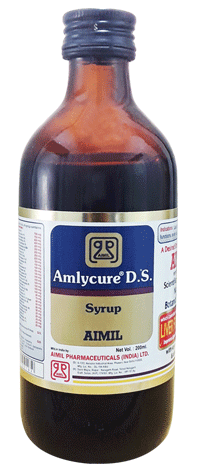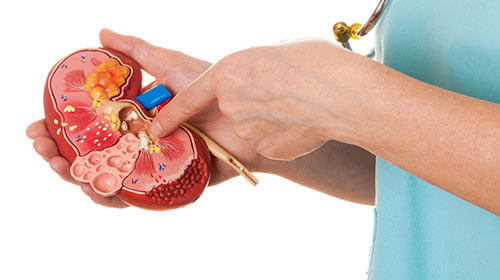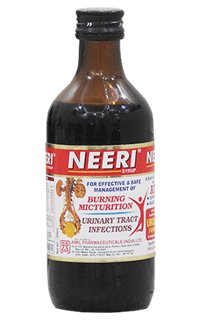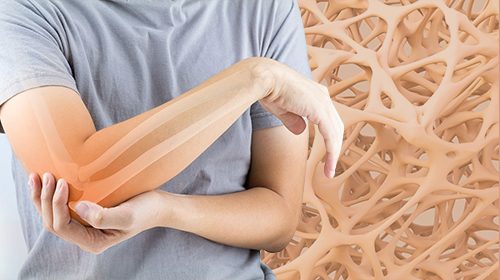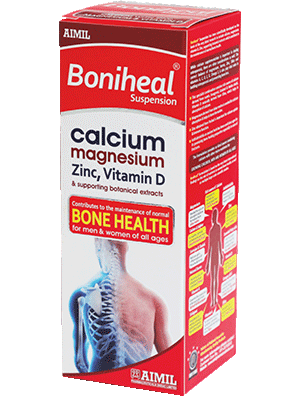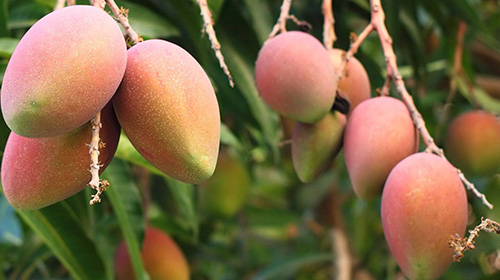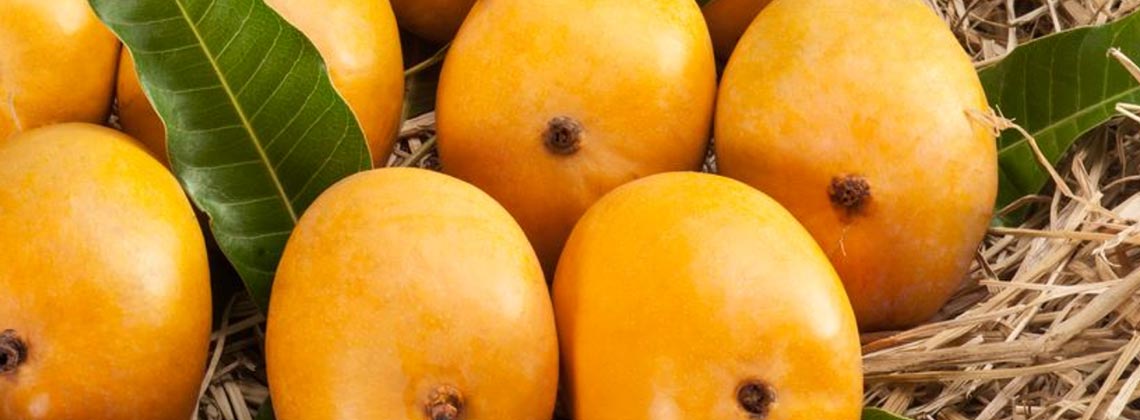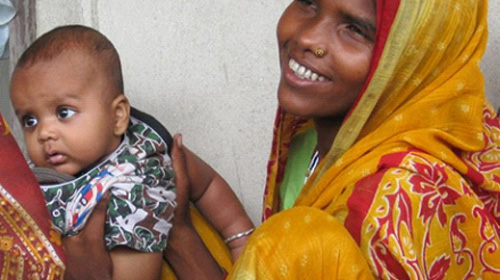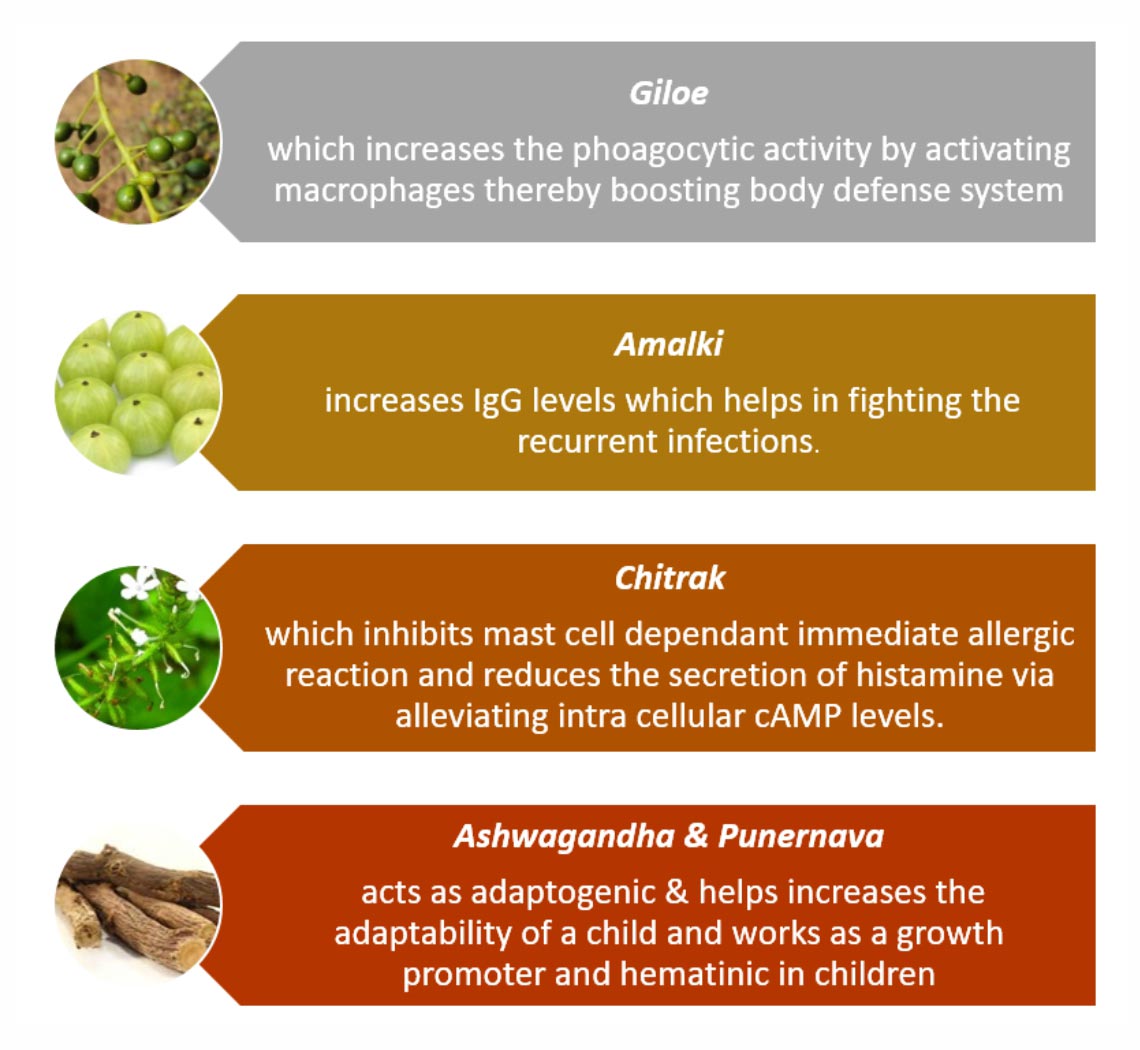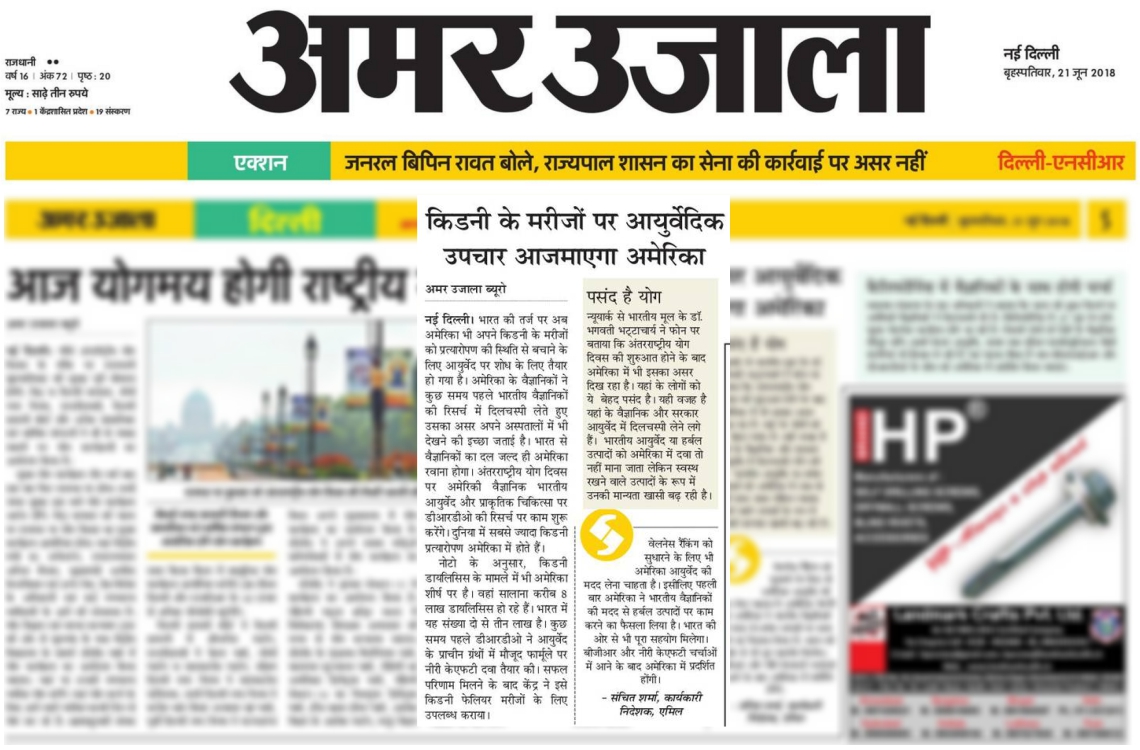Chronic kidney disease (CKD) refers to impairment in the kidneys filtering unit and is most commonly caused by diabetes and high blood pressure. Diabetes causes loss to numerous organs in body, including kidneys and heart, as well as blood vessels, nerves and eyes. In high blood pressure, or hypertension, the pressure of blood against the walls of blood vessels increases. If uncontrolled, or poorly controlled, high blood pressure is a leading cause of CKD. Signs of CKD include: tiredness, poor appetite, and trouble in concentrating, sleeping, and muscle cramping at night, swollen feet and ankles, puffiness around your eyes, especially in the morning, dry, itchy skin and reduced urine output. It is a result of reduced glomerular filtration rate (eGFR).
In Ayurveda formulary of India “Panchtrin mool” is mention on classical texts. It is used in reduced urine output resulting in kidney failure. As the kidney becomes compromised in their functional ability the kidney loses the ability to regulate fluid and electrolyte and to remove waste products from the body. Reduced urine output as a result of kidney failure can be acute, as with toxins or sepsis, may occur. Panchtrin mool eliminates excess water and with toxin from the body without unbalancing electrolyte thus supports kidney as:
- Stimulate the organ functional ability of urinary system
- Increase urine production
- Ease the flow of urine
- Decrease the level of urine albumin and pus cells
- Reduce burden on kidney strengthen the kidney
What “Panchtrin mool” contains?
“Panchtrin mool” is the medicine mentioned in government publication i.e. (AFI part 2) as official formulation from ancient text (Bhaisajyaratnawali), to treat urinary diseases conditions like as dysuria. The herbs used in this formulation are combination of equimix of following root stocks:
Desmostachya bipinnata: Drug consists of dried root stock. In India it is known as kush etc. and is found throughout the country.
Saccharum spontaneum: Drug consists of dried root stock. In India it is known as kans, kasa etc. and is found throughout the country in warmer part.
Saccharum munja: Drug consists of dried root stock. In India it is known as sar, sarkand, moonja etc. and is found mainly in Punjab, Uttar Pradesh, Bihar, Bengal and Orissa.
Saccharum officinarum: Drug consists of dried root stock. In India it is known as Ganna, Ikh, Ikshu etc. and is a plant generally cultivated in all hotter parts of the country for extraction of sugar.
Imperata cylindrica: Drug consists of root. In India it is known as daabh, darbha, etc. and is distributed in the hotter parts of India from Punjab southwards.
How to use “Panchtrin mool”?
Freshly prepared decoction (50 ml) from 10- 50gm of “Panchtrin mool” taken daily three time’s day before meal. This treatment recommendation for minimum of three month. All other allopathic treatment for hypertension and diabetes were continued as before. The combination of medicines along with decoction of “Panchtrin mool” could have shown good effect in improving renal function. Pre-clinical studies show that the Panchtrin mool exhibited amtimicrobial activity against Gram Positive bacteria, Gram Negative bacteria and fungal strains. Ikshu contains carbohydrates, amino acids, vitamins, flavonoids etc; Sar mainly contains carbohydrates; Kasa contains proteins, glycosides, flavonoids etc.; Darbh mainly contains 5 triterpenoids viz. cylindrin, arundorin, ferneon, soburneol and simiarenol; and Kush contains terpenoids, flavonoids etc. Clinical research has shown that Panchtrin mool treatment is effective and safe. The study suggests that 25 patients treated with Panchtrin mool, showed a significant improvement in the feeling of well-being due to better control of kidney function parameters.
Neeri KFT is a scientifically validated formula as kidney functional tonner, acts as Nephro-protective, supports kidney, regulates the functioning of nephron and also contains “Panchtrin mool” as one of the vital component. Furthermore Neeri KFT protects healthy kidneys from possible damage on long term usage/exposer to potentially nephrotoxic drug molecules, besides heavy metals and pollutants.



